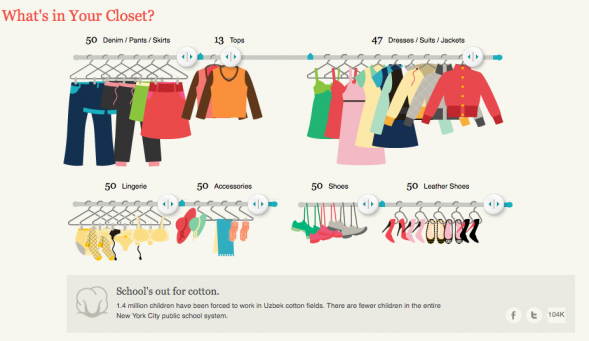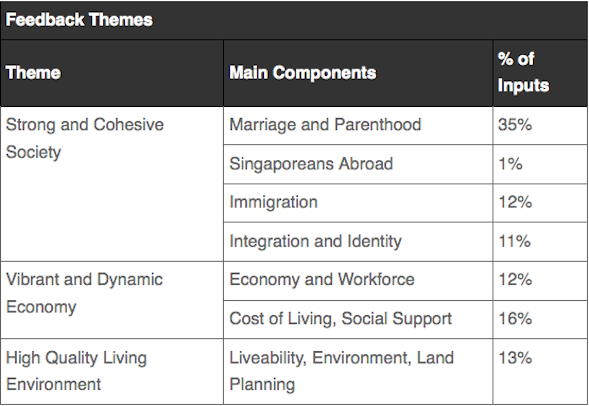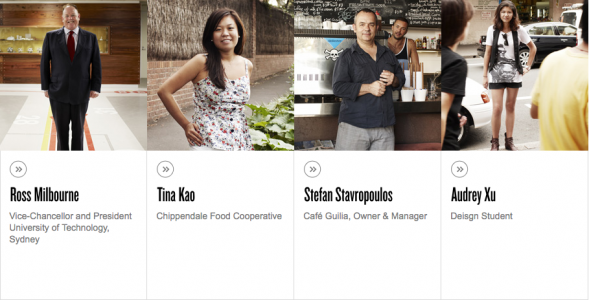As their skepticism grows, consumers gravitate toward brands that invest in their problems and concerns. Community engagement becomes an essential tool to influence stakeholder opinions and thus gain support or to understand existing communities that an organisation wishes to infiltrate. With so many issues crying out for attention, here’s a look at three examples of organisations using interactivity to boost their signal.
1. Presenting the information in a fun, engaging way
The demand for cheap products fuels labor slavery in places such as China, Malaysia, India and Russia. Slavery Footprint wanted more people to be aware that they may be unwittingly supporting slavery because of the products they consume.
An interactive survey allows users to run through all the things they consume in their lives and gives them the number of slaves involved in the production of their possessions. Clickable buttons and movable sliders provide a responsive web environment for the viewer, as the survey highlights industries that have unsavoury labour practices.

Responsive sliders in the survey makes a tedious task less daunting. Before the user realises it, a full stock-take of their possessions is completed.
Many think of slavery as an old-world issue that ended a long time ago. The website shows consumers their connection to modern-day slavery, making the invisible issue visible. The website then makes the cause easy to support by linking consumers to ethically sound businesses and suggesting what to do next.
2. Seeking feedback from stakeholders and making sure that responses are carefully considered
The minister in charge of population policies in Singapore recently presented the Population White Paper, a roadmap to address the country’s greying population.
In the exciting 2011 General Elections, citizens actively demanded to be heard. Instead of relying on existing feedback channels that may be outdated in the Internet age, the National Population and Talent Division (NPTD) improved the feedback mechanism and embarked on a year-long public engagement effort. NPTD published an issues paper then gathered the views and suggestions of Singaporeans, as it reviewed population policies and strategies.
More than 2,200 individuals were involved in the exercise, through online submissions and face-to-face interaction in the form of dialogue and townhall sessions, all of which were publicly announced and documented. NPTD was able to take into consideration the concerns of the moderate majority and plan policies for the increased population.

Responses were sorted into different themes for discussion.
Not all suggestions were used, but allowing for a feedback channel where viewpoints are summarised in various themes showed an effort to listen and consider different perspectives. The feedback summary was easily accessible, increasing transparency.
3. Involving your stakeholders in the planning stage
The best form of engagement is showing that feedback received will be incorporated into the plans. It is also good to include face-to-face sessions. The emotion with which the responses are given is just as important as the content of the responses, as it indicates which issue are more significant. This is especially crucial when you want to enter an existing community without seeming like an intruder.
Frasers Property, the developer of Central Park, a 5.8 hectare site in Sydney, Australia, restarted the master planning process with the existing Chippendale community in mind. Frasers sought to know the community’s needs in such a large and complex project and required their understanding of the changes that will undergo in the area.
Besides appointing a leading team of architects, Frasers also sought the advice of local residents by hosting a series of community consultation and information events in the two years leading up to the finalisation of the masterplan in 2009. Hundreds of local community members, local businesses and planning and infrastructure stakeholders were involved in the project.
Even during the construction period the developers will continue to meet the local communities and host information events, with a regular stream of construction updates on their website and Facebook page.

Highly-engaged members of the community will help to defend your cause against the naysayers.
We speak to Lisa McCutchion, Group Marketing Manager at Frasers Property Australia, on Frasers’ efforts in embracing community consultation and engagement transforming Sydney’s Central Park while maintaining its unique heritage and culture. Read the interview for more.
Many will miss the point of community engagement, deeming it as a numbers game. It’s not about how many Feedback channels you have or how many responses you receive; it’s about the actions taken after. When seeking feedback, it is also important to manage expectations. Let your stakeholders understand the structure for accepting feedback to make it a more meaningful exercise instead of a free-for-all wish list.
Christina is a Senior Strategy Consultant at Consulus and has consulted several Asian companies in diverse industries such as retail, telecommunications and banking. Her work with these companies involved strategic research, marketing framework, processes and communication strategy, internal cultural development and people development.
This article is part of The Columnist, a newsletter by Consulus that offers ideas on business, design and world affairs. For past issues, browse the complete archive.





